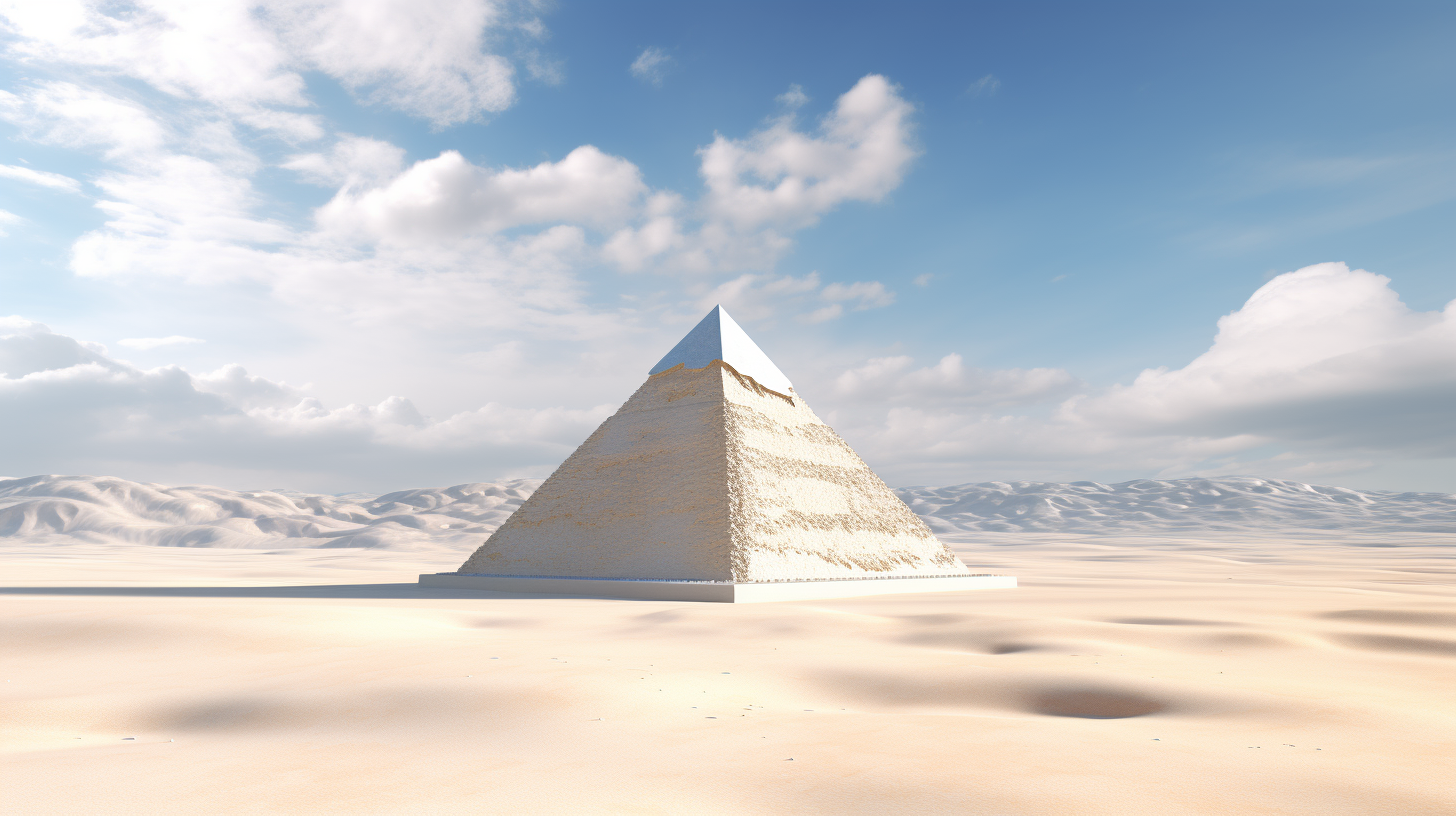The magic of Egypt’s Pyramids has an endless appeal, enchanting people worldwide with their allure. These impressive constructions, rich in mystery and ancient tales, have always held a captivating spell over humanity. Surprisingly, few are acquainted with the fact that the renowned Pyramids bore a markedly distinct appearance during their early years of existence.
When we imagine the Pyramids, our minds often conjure images of colossal structures built with weathered, brown stones. Yet, their initial look was far removed from the aged exterior we currently recognize. Initially, these architectural marvels gleamed in a brilliant white shade, boasting a surface of remarkable smoothness due to a layer of white limestone.
The building of the Pyramids stands as a testament to the extraordinary ingenuity of ancient Egyptian culture. These monumental tombs were meticulously crafted to leave a lasting impression, not just with their sheer size but also their visual appeal. The radiant white limestone encasing the Pyramids symbolized purity and authority.

The shift of the Pyramids from pristine white marvels to the weathered structures we behold today was a meticulous process. Quarried precisely from Tura, situated on the opposite bank of the Nile River from Giza, the blocks of limestone were expertly transported, shaped, and positioned with finesse on the Pyramids’ exteriors, showcasing the architectural genius of ancient Egypt.
As time elapsed, the once-dazzling white limestone casing began to degrade due to natural elements and human interventions. The Pyramids endured earthquakes, erosion, and the gradual removal of the limestone blocks for various construction endeavors, gradually diminishing their original grandeur.
Presently, traces of the white limestone cladding can still be observed at the base of the Great Pyramid of Giza, offering a peek into their erstwhile opulence. These remnants serve as poignant mementos of the Pyramids’ journey through time, transitioning from lustrous white edifices to the weathered, brown monuments they are today.
The evolution of the Pyramids mirrors the incessant flow of time and the enduring legacy of ancient Egypt. While their initial grandeur may have faded, the Pyramids endure as testaments to human achievement and creativity, enchanting explorers, academics, and tourists across generations.
Next time you gaze upon Egypt’s Pyramids, envision them in their original white splendor and recognize the profound history and craftsmanship woven into these timeless marvels.
